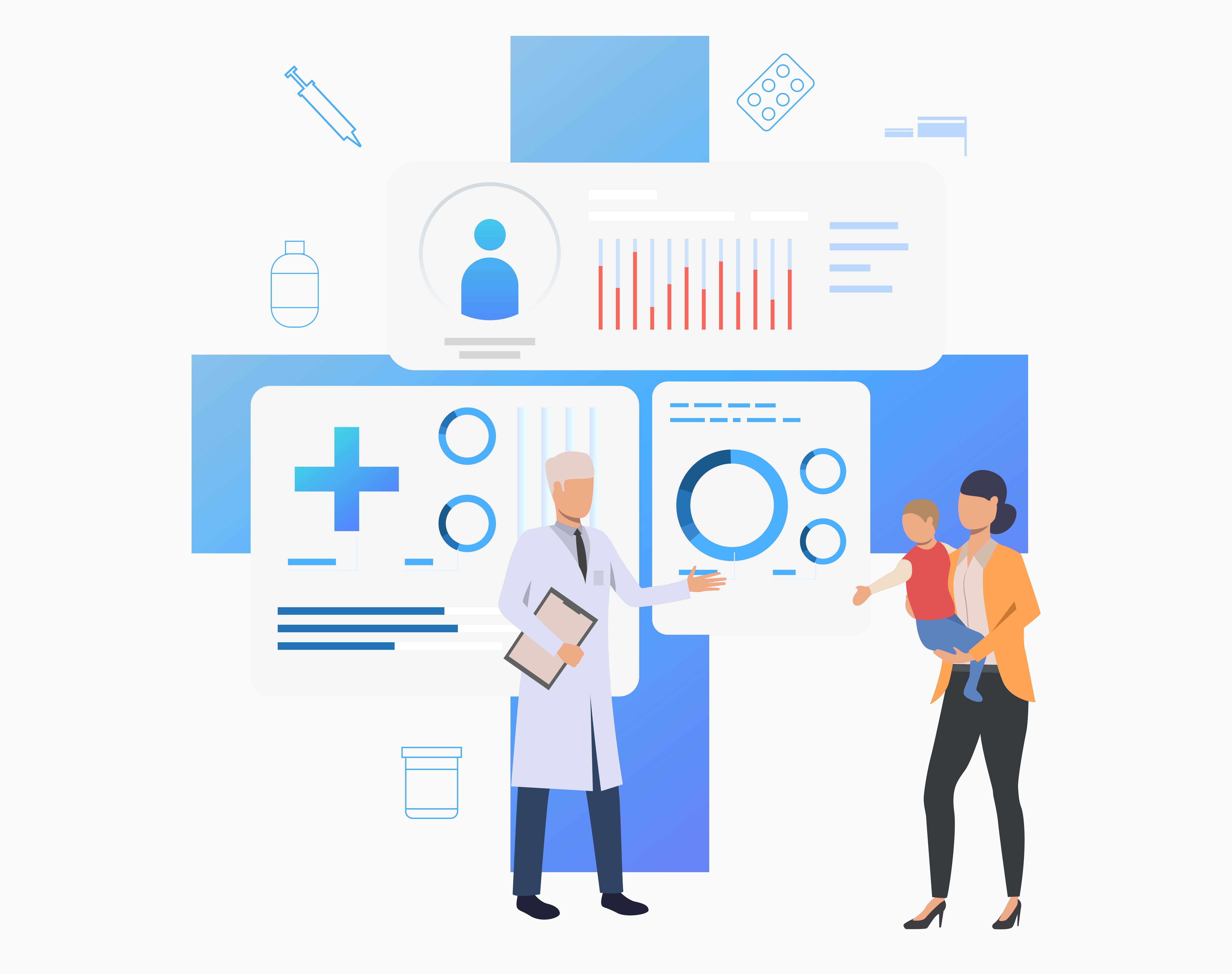Step-by-Step Accessing Dental Drug Monographs
Medication interface:
To access the "Medication" interface, press or click on the centre action button (coloured mint or blue). This action button toggles between the interfaces.
Search for a Specific Drug
If you know the name of the medication you’re looking for, type it into the "Instant Search" bar. DentalRx will display matching results, typically showing both the generic name and any brand names available in the database.
Generic vs. Brand Names: If you’re unsure, start typing the generic name. DentalRx’s autosuggestion feature can provide relevant options.
If you don't know the name of the specific drug browse the monograph categories in the Drug Monographs section.
Locate the Drug Monographs Section
Look for the “Monographs” tab on the DentalRx dashboard. Clicking it will take you to a dedicated area where you can search for or browse our latest dental drug monographs.

You can also navigate to the Monographs section by using the Menu, and then selecting Drug Monographs on the side navigation pane.

Select a Medication Class to Explore
Drugs are categorized by medication class to help sorting.

Select a Specific Drug Monograph
After selecting a medication class, you can view all of the medications in that category.

Open the Monograph
Click on the drug name to open its Drug Monograph.
The Monograph will be divided into two sections: Prescribing and Safety
The Prescribing section will display the following information:
How the drug is Supplied: Information on the available strengths, packaging, and formulation.
Indication and Dosage of the drug: The approved therapeutic uses and the recommended dosing guidelines.
Pharmacokinetics: Data on absorption, distribution, metabolism, and elimination.
Often Prescribed with: Details on common co-therapies or drugs that are typically used in conjunction.
Dosing Forms and Canadian Drug Benefit Information: An outline of the different available dosing forms along with criteria or information regarding coverage under the Canadian Drug Benefit program.

The Safety section will display the following information:
Dental Pearls: Best advice for when using the drug.
Medical Contraindications: A comprehensive list of conditions or scenarios in which the drug should not be used.
Common Drug-Drug Interactions: An overview of interactions frequently observed when the drug is used alongside other medications. This information details potential risks like increased toxicity or reduced therapeutic efficacy and advises on managing these interactions.
Pregnancy Risk: Detailed information on the potential risks the drug poses during pregnancy.
Lactation Risk: Information regarding the safety of the drug for breastfeeding mothers.

5. Review Drug Information
Review the information and use the monograph to shape your clinical decisions. You might:
Review Medication Implications: If the guideline mentions specific drug recommendations or cautions, cross-check with DentalRx’s Medication Monographs and Instant Search features.
Educate Your Team: Share new guidelines with your associates or support staff so everyone is on the same page.
Key Features Within a Dental Drug Monograph
DentalRx’s monographs are structured to give you at-a-glance details, as well as deeper information if you need it. Here are some key features you’ll likely see:
Drug Name and Classification
Lists both the generic name and any popular brand names.
Classification (e.g., antibiotic, analgesic, local anesthetic) helps you quickly understand the drug’s broader purpose.
Indications and Usage
Summaries of when and why to use the medication, including FDA-approved uses and any off-label but commonly accepted dental applications.
Dosage and Administration
Detailed dosage guidelines for adults and children (if applicable).
Instructions on how to administer for best results (e.g., before or after meals, method of injection, etc.).
Contraindications
Situations where the drug should not be used, such as allergies or specific medical conditions.
Warnings and Precautions
Potential risks that might require dose adjustments or close monitoring, such as liver or kidney issues.
Drug Interactions
A list of medications (including dental drugs) that can interact negatively, along with how to mitigate these risks.
Side Effects
Common and rare side effects are outlined, which can help you advise patients on what to watch out for at home.
Pharmacology
Information about how the drug works, its mechanism of action, and how it’s metabolized or excreted.
References
Links to academic papers or official guidelines. This can be invaluable if you want to double-check the original source or stay current with medical research.
Practical Uses in a Dental Setting
Dental Drug Monographs become especially valuable during specific stages of patient care. Here’s where you might find them most helpful:
1. Treatment Planning
Before finalizing a treatment plan, consult the relevant monographs to confirm any medications you plan to prescribe are appropriate for the patient’s health background. If a patient reports allergies or is already on multiple medications, the Drug Interactions and Contraindications sections will help you adjust accordingly.
2. Patient Consultations
Many patients appreciate a brief explanation of what they’re taking and why. You can reference the Side Effects section to warn them about possible adverse reactions or to reassure them about common experiences like mild drowsiness.
3. Emergency Situations
In case of an adverse reaction or complication, quickly accessing a monograph can guide you through recommended steps. The Warnings and Precautions section might reveal a detail—like heightened bleeding risk—that you need to manage urgently.
4. Staff Training
If you train new hires or host regular staff meetings, monographs can serve as teaching tools. By reviewing these documents, your team gets a comprehensive understanding of the medications used in your practice, promoting uniform, knowledgeable care across all team members.
5. Building Protocols
Using standard medication references fosters consistency in your practice. For instance, if you adopt a new antibiotic prophylaxis protocol, referencing the monographs ensures everyone is on the same page regarding dosages, potential side effects, and instructions.
Best Practices for Reviewing Monographs
While DentalRx drug monographs are user-friendly, a few strategies can help you glean the most value:
Check for Updates
DentalRx often updates drug information to reflect new research or guidelines. Make it a habit to review monographs periodically, especially for drugs you prescribe frequently.
Cross-Reference Allergies
If a patient has a known allergy, ensure you check the Contraindications or Warnings section thoroughly. Cross-referencing these details can help avoid life-threatening issues.
Look for Pediatric or Special Population Notes
Children, pregnant patients, or those with chronic health conditions may require unique dosing or precautionary steps. Always review these specifics before prescribing.
Combine with Clinical Judgment
While monographs offer extensive data, use your professional expertise and consider each patient’s unique situation.
Frequently Asked Questions
Q: Is DentalRx free to use for all features, including Drug Monographs?
A: Yes, DentalRx is free, giving you complete access to its range of resources, including monographs.
Q: Can I print or save a monograph?
A: The web version of DentalRx allow you to either print a monograph directly from your browser or save the webpage as a PDF. Check your web browser’s “Help” section to confirm.
Q: How often are the monographs updated?
A: DentalRx strives to keep its database current. Updates usually occur whenever a major medical organization publishes new findings or studies.
Q: What if I disagree with something in the monograph?
A: DentalRx compiles its information from reputable sources, but clinical judgment should always take precedence. If you have questions, consult additional references or contact DentalRx support.
Q: Are monographs available for over-the-counter (OTC) medications?
A: Yes, the database includes a variety of commonly used OTC products, especially those relevant to dentistry, like analgesics or topical agents.


